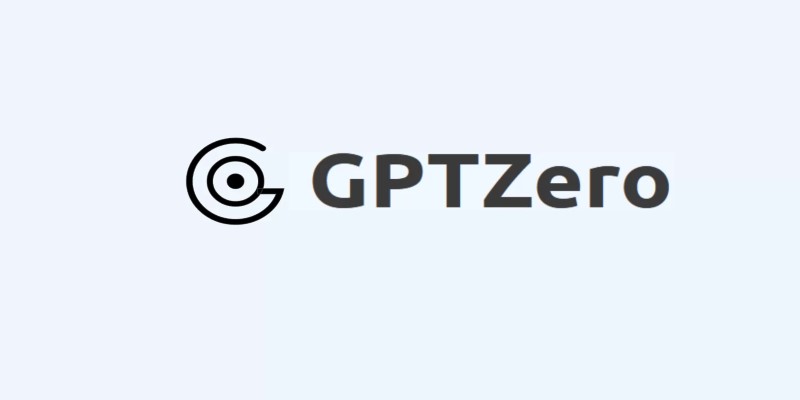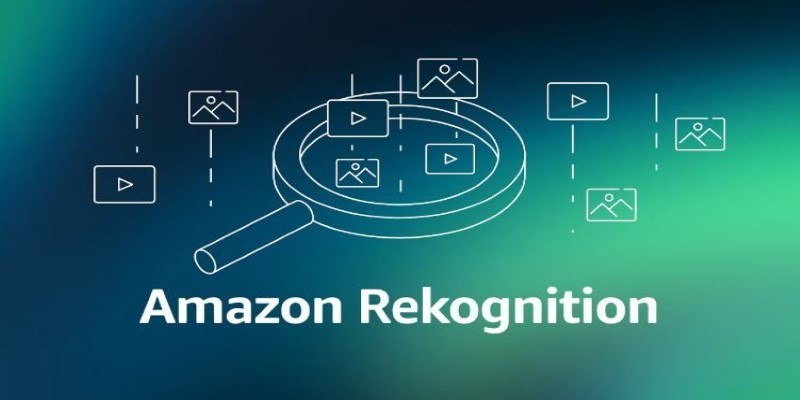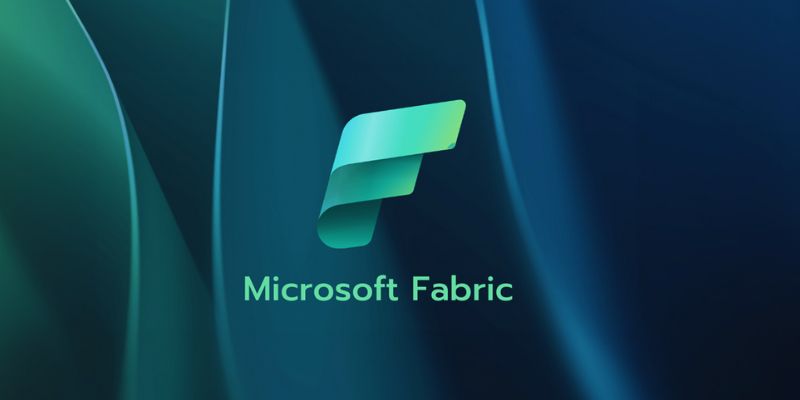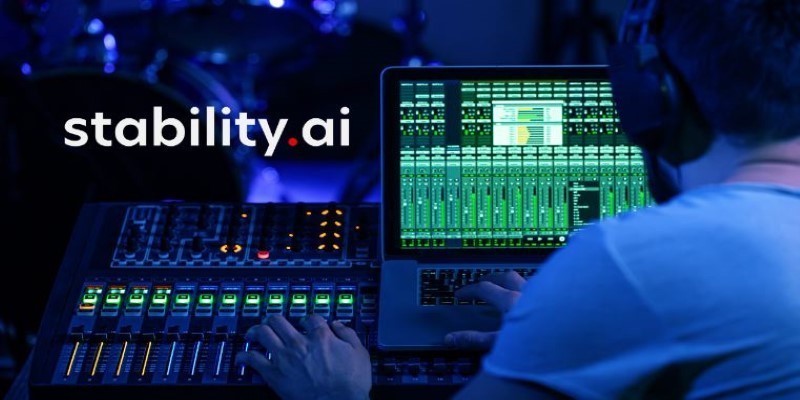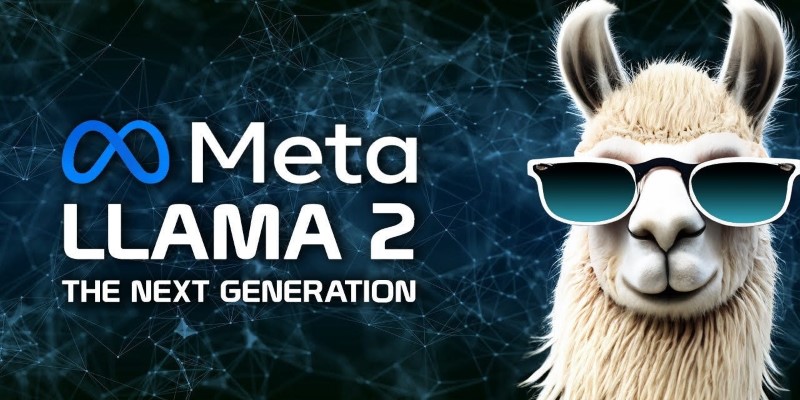MLOps isn’t just about model deployment anymore. It’s about managing the full lifecycle of machine learning in a way that makes sense for scale, speed, and reliability. As we move through 2025, it’s clearer than ever that the tools supporting this space need to evolve just as fast as the models they manage. Whether you're building pipelines from scratch or dealing with model drift in production, picking the right MLOps tool can save time, reduce errors, and keep things running smoothly. Here's a closer look at the top options right now—and how to make the most of them.
Top 9 MLOps Tools for 2025
MLflow
MLflow is usually the first name that comes up in MLOps discussions—and for good reason. It addresses four primary areas: experiment tracking, code packaging, model management, and serving them out. What is most notable about it is its simplicity. You can start with a bare-bones setup, which is particularly helpful for small teams or individuals attempting to construct repeatable workflows without going down something too deep.
Kubeflow
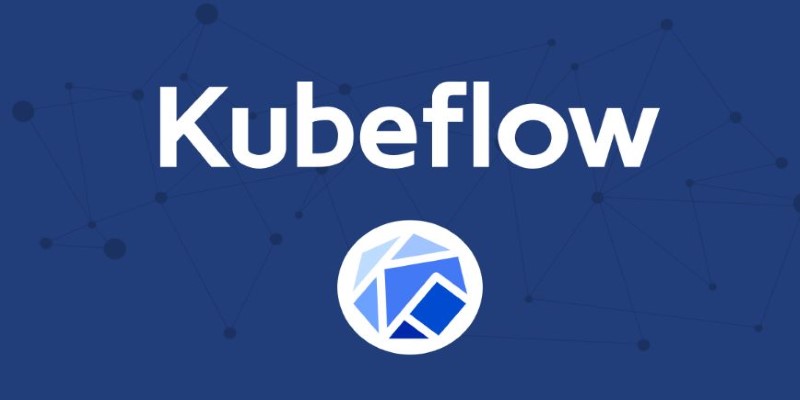
For teams already using Kubernetes, Kubeflow fits in naturally. It offers end-to-end support for training, tuning, and deploying models. While it might have a steeper learning curve compared to others on this list, it rewards that effort with flexibility and integration. Pipelines in Kubeflow can be highly customized and are perfect for teams running multiple experiments in parallel across a distributed system.
SageMaker
Amazon SageMaker takes the all-in-one approach seriously. It lets you build, train, tune, and deploy models without leaving the AWS ecosystem. The benefit here is tight integration with services like S3, Lambda, and CloudWatch. It’s suited for enterprise teams that already rely heavily on AWS and want a more structured way to manage their machine learning workloads.
Neptune.ai
While some platforms try to be everything at once, Neptune.ai focuses squarely on experiment tracking and collaboration. It’s particularly useful for research-heavy workflows where you're running dozens or hundreds of experiments and need a clean way to log results. You don’t get full lifecycle management, but you do get strong tools for organizing and comparing runs across multiple projects and team members.
DataRobot
If you’re looking for automation, DataRobot offers a low-code interface that covers everything from data prep to deployment. It’s ideal for business users or data analysts who don’t want to write much code but still need to train solid models. The tool also provides built-in bias detection and model interpretability features, which is helpful when building models that need to be both accurate and explainable.
Metaflow
Originally developed at Netflix, Metaflow focuses on making machine learning workflows easier to build and manage. It’s Pythonic, meaning it feels familiar if you already work in Python. You can define workflows as regular Python code, and it takes care of versioning and scheduling under the hood. It’s a great fit for teams who want simplicity without sacrificing functionality.
Tecton
Tecton handles a specific piece of the MLOps puzzle: feature engineering. It’s built to create, store, and serve features consistently across both training and production environments. This is especially useful when you’re trying to ensure that your features don’t drift over time or change between model versions. Tecton integrates well with tools like Snowflake and Databricks, giving it flexibility across tech stacks.
Domino Data Lab
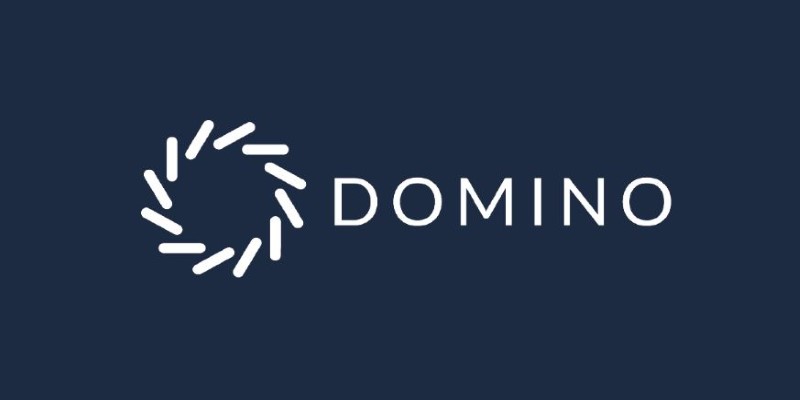
Domino is focused on reproducibility and collaboration, which makes it appealing to larger teams with strict governance needs. It provides an environment for teams to share work, track versions, and run experiments. The platform also supports integration with a wide range of tools and offers resource management features that help with computing scaling and tracking usage.
Weights & Biases (W&B)
W&B stands out for its user-friendly interface and deep integration with popular ML frameworks like PyTorch and TensorFlow. It's used mostly for tracking experiments, visualizing training metrics, and collaborating with teammates in real-time. W&B also supports hyperparameter sweeps and has a flexible API for logging anything from custom plots to system metrics.
How to Use MLOps Tools Effectively
Now that we've covered the top tools available in 2025 let's focus on how to use one of them to get work done. While each tool brings something useful to the table, MLflow remains the most balanced option for both individual users and small teams. It’s simple to set up and doesn’t tie you into a specific infrastructure or cloud provider, making it a great starting point for anyone serious about building reliable ML workflows.
First, you need to understand that MLflow isn’t a single tool—it’s a combination of four key components: Tracking, Projects, Models, and Registry. The best way to start is by integrating MLflow Tracking into your existing training script. This means adding a few lines of code to log parameters, metrics, and model outputs. For instance, you can start a run using mlflow.start_run(), then log your training accuracy or loss with mlflow.log_metric(). This helps you track every experiment in one place without using spreadsheets or naming your files “final_model_v7_real_final”.
Once your tracking is in place, the next step is to register and manage models. MLflow offers a model registry that acts as a version control system for models. You can register a model, assign it a stage (like "Staging" or "Production"), and even roll it back if needed. This makes it easier to test models before deploying them and avoids the confusion that comes with multiple people trying to update the same model in production. Combine this with Git and a consistent folder structure, and you'll have a repeatable, manageable process that makes debugging or retraining models much less stressful.
Conclusion
Choosing the right MLOps tool in 2025 depends on what kind of work you’re doing, who you’re doing it with, and what your infrastructure looks like. Some teams will need full-scale platforms like SageMaker or Kubeflow, while others might just need experiment tracking from Neptune.ai or W&B. The good news is that the space is mature enough now to offer clear choices for different needs. If you're starting out or want something flexible, MLflow is a practical option that doesn’t require a major shift in how you already work. As machine learning becomes a standard part of production systems, having the right tool in place is less about flash and more about making things easier to maintain, easier to scale, and easier to trust.


